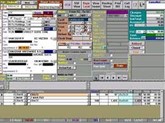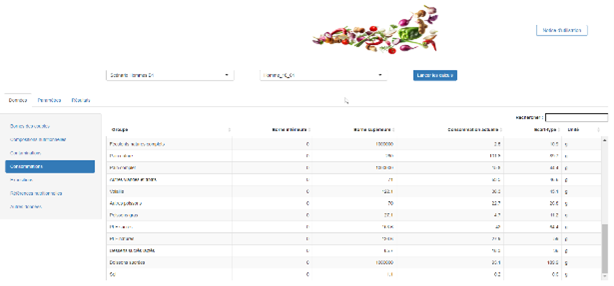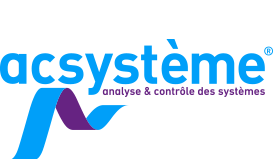When you have technical skills within your R&D departments and your business teams, the use of digital tools can be a great help in using the knowledge. However, designing an efficient and user-friendly tool can also be a challenge. The first proofs-of-concept stage, buggy and difficult to use, are sometimes the only resources available and do not attract support.

Badly designed software is like a blunt knife: you can’t focus on your work!
In the context of studies on the influence of diet, the organisation responsible for the assessment of health risks ordered a tool for food consumption recommendations. The too was developed in C++, in a very “computerised environment” and had no graphics interface. It was very difficult to configure and therefore required specialist intervention. This version made concept validation possible; however, its use was limited to experts, and was not suitable for a broader public. It was therefore necessary to resume development of the tool by considering new requirements: ergonomics, efficiency, maintainability!
As a first step, we organised workshops with the tool users, some of them had an interest in scientific computing. Together we defined the expected functionalities and the suggestions for improvement. In such a project, where users and even potential software developers are available, including them at an early stage ensures the relevance of the tool development and facilitates knowledge transfer. From the elements collected in the workshop, we completely recoded the optimisation engine in a more accessible programming language: R. As a result, the “developers” can update the software, and they quickly mastered the tool configuration.

To improve the ergonomics of the interface, we used the R Shiny programming language in collaboration with our client. Throughout the project, future users were involved to ensure the compliance of the interface with their expectations (ergonomics, visual display, available features, etc.). A well-designed tool makes your work pleasanter, and it is easier to concentrate on your skills rather than how to use the tool. Everyone prefers to eat rather than to try to use a blunt knife!
The tool is now widely used during work meetings between experts. The ergonomics fulfil the users’ expectations perfectly, and its speedy execution saves users valuable time, especially when testing different settings live with a need for rapid results. The next step is the menu to be taste.
